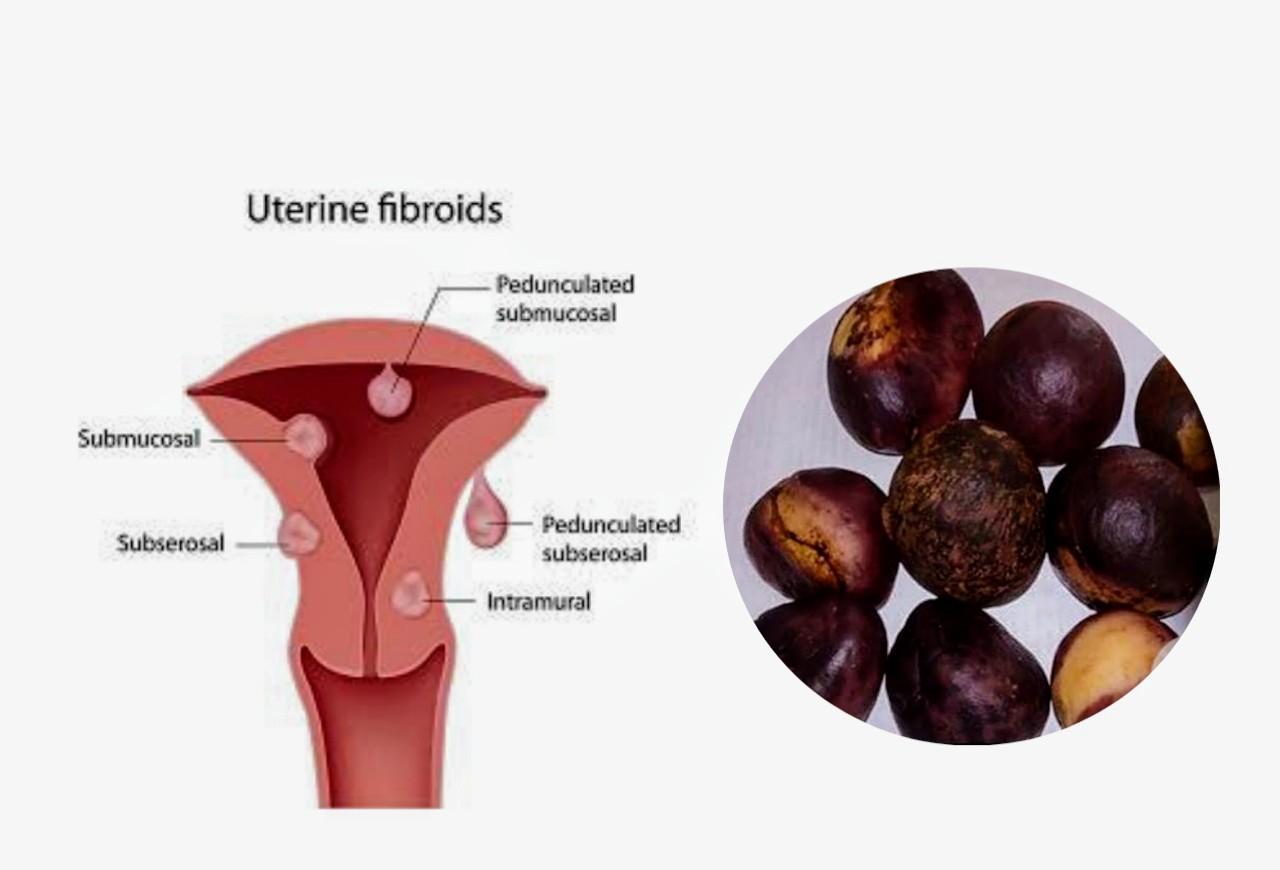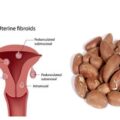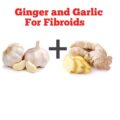
The plant belongs to the family capparaceae and its local names include “Uwuro” (Yoruba), “esson bossi” (Central Africa), “Uke” (ibo) the plant has various common names including “Ovu (Bini), and Aponmu (Akure). The plant parts commonly eaten are the seeds which are either cooked or eaten raw.
What are Fibroids?
Fibroids are abnormal growths that develop in or on a woman’s uterus. Sometimes these tumors become quite large and cause severe abdominal pain and heavy periods. In other cases, they cause no signs or symptoms at all. The growths are typically benign, or noncancerous. The cause of fibroids is unknown.
Fibroids are also known by the following names:
- leiomyomas
- myomas
- uterine myomas
- fibromas
According to the Office on Women’s Health, up to 80 percent of women have them by the age of 50. However, most women don’t have any symptoms and may never know they have fibroids.
What are the different types of fibroids?
The type of fibroid a woman develops depends on its location in or on the uterus.
Intramural fibroids
Intramural fibroids are the most common type of fibroid. These types appear within the muscular wall of the uterus. Intramural fibroids may grow larger and can stretch your womb.
Subserosal fibroids
Subserosal fibroids form on the outside of your uterus, which is called the serosa. They may grow large enough to make your womb appear bigger on one side.
Pedunculated fibroids
Subserosal tumors can develop a stem, a slender base that supports the tumor. When they do, they’re known as pedunculated fibroids.
Submucosal fibroids
These types of tumors develop in the middle muscle layer, or myometrium, of your uterus. Submucosal tumors aren’t as common as the other types.
What causes fibroids?
It’s unclear why fibroids develop, but several factors may influence their formation.
Hormones
Estrogen and progesterone are the hormones produced by the ovaries. They cause the uterine lining to regenerate during each menstrual cycle and may stimulate the growth of fibroids.
Family history
Fibroids may run in the family. If your mother, sister, or grandmother has a history of this condition, you may develop it as well.
Pregnancy
Pregnancy increases the production of estrogen and progesterone in your body. Fibroids may develop and grow rapidly while you’re pregnant.
Who is at risk for fibroids?
Women are at greater risk for developing fibroids if they have one or more of the following risk factors:
- pregnancy
- a family history of fibroids
- age of 30 or older
- African-American
- a high body weight.
What are the symptoms of fibroids?
Your symptoms will depend on the number of tumors you have as well as their location and size. For instance, submucosal fibroids may cause heavy menstrual bleeding and trouble conceiving.
If your tumor is very small or you’re going through menopause, you may not have any symptoms. Fibroids may shrink during and after menopause. This is because women undergoing menopause are experiencing a drop in their levels of estrogen and progesterone, hormones that stimulate fibroid growth.
Symptoms of fibroids may include:
- heavy bleeding between or during your periods that includes blood clots
- pain in the pelvis or lower back
- increased menstrual cramping
- increased urination
- pain during intercourse
- menstruation that lasts longer than usual
- pressure or fullness in your lower abdomen
- swelling or enlargement of the abdomen.
Can Wonderful Kola Remove Fibroid?
Some people may be interested in trying herbal remedies to melt, shrink or remove fibroids and ease the pain. Anecdotal evidence suggests that some women grind and ferment pieces of wonderful kola, neem bark, the root, and leaves as a remedy for fibroid. However, there are no scientific evidence to support the usefulness of this plant as a remedy or treatment for fibroid.
A 2013 Cochrane review analyzed previous research on the use of common herbal remedies to treat fibroids and their symptoms. The researchers concluded that the quality of the data in the reviewed studies was insufficient to support the use of these herbal remedies. Also Read Can Wonderful Kola Abort Pregnancy?
How to Effectively Remove Fibroids
When fibroids cause pain, and medication does not work, a person may consider surgery. Doctors may recommend one of the following surgical procedures:
- Myomectomy: A myomectomy is the removal of the fibroids from the uterus. This procedure does not remove the uterus, so it is still possible for the person to get pregnant afterward.
- Ablation: This procedure involves using heat to destroy the fibroids. It will not remove the fibroids altogether, but they may shrink.
- Laparoscopic power morcellation: For this procedure, a surgeon will make a tiny incision and insert a surgical instrument through it to break up fibroids. However, the Food and Drug Administration (FDA) caution that this treatment carries significant risks.
- Hysterectomy: A hysterectomy removes the uterus. Sometimes, the surgeon will also remove the ovaries.




